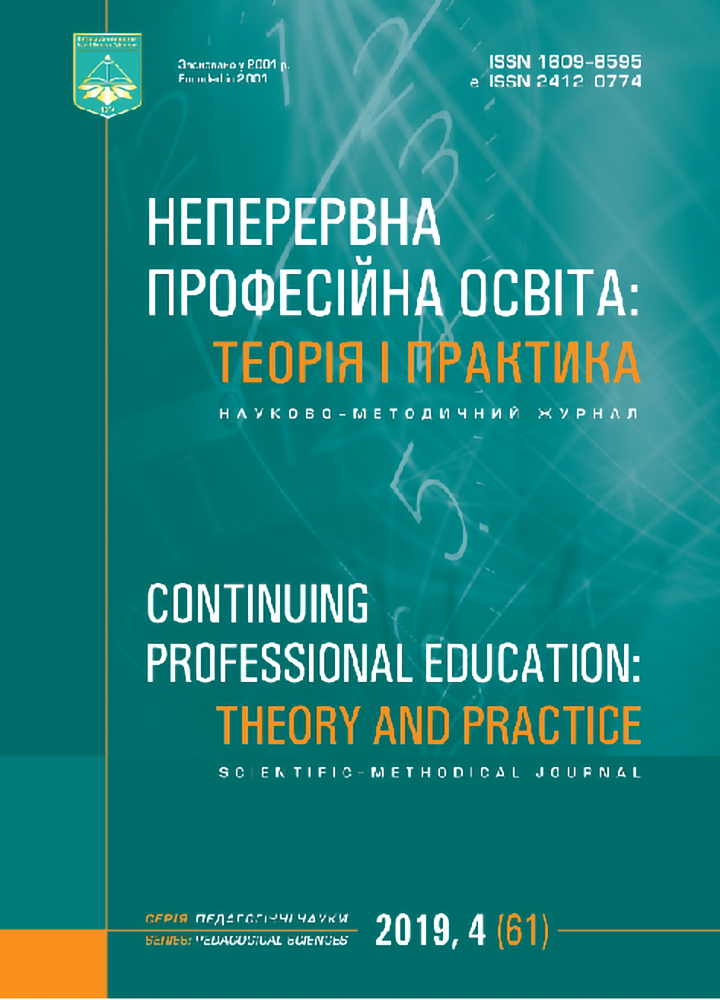THE EFFECT OF PROBLEM BASED LEARNING MODEL ON CREATIVE THINKING OF STUDENTS
DOI:
https://doi.org/10.28925/1609-8595.2019.4.5256Keywords:
creative thinking, elementary school, learning, model of problem based learning, studentAbstract
The aim in this research article is to test the effect of the problem based learning model on the creative thinking abilities of fourth grade elementary school students. The study was conducted using a quantitative approach to the type of experimental research. The sample used in this study was fourth grade students at Kateguhan 02 Elementary School and 02 Corner Elementary School. The instrument used was a test inventory. The results obtained were analyzed using one way ANOVA using SPSS program assistance. The results obtained in this study indicate that there is a positive and significant influence on the Problem Based Learning model on the creative thinking of fourth grade elementary school students. Test results using one way ANOVA showed an F-value of 55,329 and p 0,000 <0.05.References
Arends, R. I., & Kilcher, A. (2010). Teaching for student learning becoming an accomplished teacher. New York, USA: McGrow-Hill (eng).
Baden, S., & Major, C. H. (2004). Foundation of problem-based learning. New York, USA: MPG Books Ltd (eng).
Johnson, E. B. (2007). Contextual teaching and learning: menjadikan kegiatan belajar mengajar mengasyikkan dan bermakna. Bandung, Indonesia: Mizan Learning (indones).
Septiana, K. G. (2014). Pengaruh penerapan model Multiple intelegences dengan model problem based Learning dalam pembelajaran IPA di SMP terhadap pemehaman konsep dan Berpikir Kreatif. Tesis. Yogyakarta, Indonesia: Universitas Negeri Yogyakarta (indones).
Kurniasih, I. & Sani, B. (2015). Ragam pengembangan model pembelajaran untuk meningkatkan profesionalitas guru. Jakarta, Indonesia: Kata Pena (indones).
Levin, B. B. (2001). Energizing teacher education and professional development with problem based learning. Alexandria, Virginia, USA: Assosiation for Supervition and Curiculum Development (eng).
Masnur, A. (2016). Pengaruh Model Problem Based Learning terhadap kemampuan berpikir kreatif dan Evaluatif siswa kelas XI IPA pada Konsep Sistem Pernapasan SMA Negeri 4 Yogyakarta. Tesis. Yogyakarta, Indonesia: Universitas Negeri Yogyakarta (indones).
McGregor, D. (2007). Developing thinking developing learning. A Guide to thinking skill in education. New York, USA: McGraw-Hill (eng). Sihaloho, R. R. & Ginting, E. M. (2017).
The effect of problem based learning (PBL) model towerd student’s creative thinking and problem solving ability in senior high school. Journal of Research & Method in Education, 7 (4), 11–18. DOI: http://doi.org/10.9790/7388-0704011118 (eng).
Strenberg, R. J. (1996). The Nature of Creativity. Creativity Research Journal, 18 (1), 87–98 (eng).
Tan, O.-S. (2009). Problem-based learning and creativity. Singapore, Singapore: UIC Building (eng).
Warsono, H. & Hariyanto, M. S. (2013). Pembelajaran aktif dan assesmen. Bandung, Indonesia: PT remaja Rosdakarya (indones).
Westwood, P. (2008). What teachers need to know about teaching methods. Camberwell, Victoria, Australia: ACER Press (eng).
Worthington, M. (2005). Reflecting on creativity and cognitive challenge: visual representations and mathematics in early childhood-some evidence from research. Published on TACTYC’s website. Retrieved from http://childrens-mathematics.org/articles_reflecting_on.pdf (eng).
Downloads
Published
How to Cite
Issue
Section
License
Copyright (c) 2020 Widiyaningrum Kurniasari, Edi Purwanta

This work is licensed under a Creative Commons Attribution-NonCommercial 3.0 Unported License.



